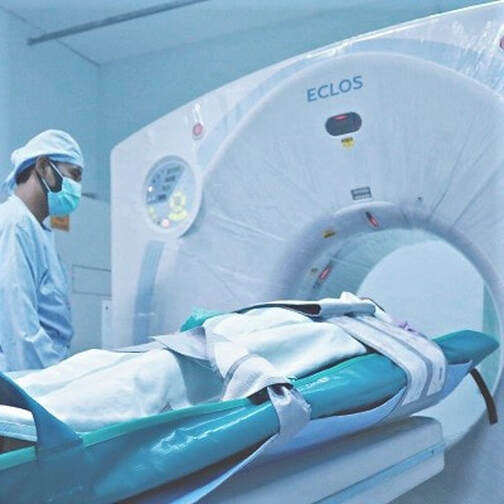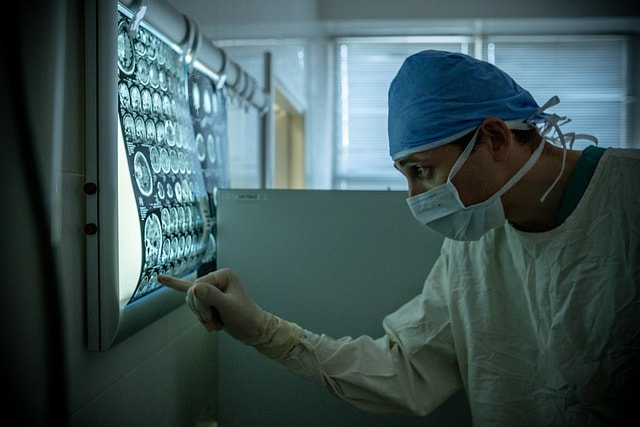Automating a Medical Production Process Control System
|
- Benefits:
- Improved production capacity and throughput of the cyclotron ensured rapid real-time production in response to growing demand
- Decreasing hospitals’ manufacturing costs by half reduced the expense of critical PET scans while maintaining the same quality level for the targeting chemicals
- Implementing a mirror control interface system ensured radiation protection for operator safety
- User-modifiable process control to support ongoing experimentation for future generations of products
The Challenge
The Company needed a system to control a complicated process used to create compounds used in Positron Emission Tomography (PET) scans. The production of these targeting chemicals is an expensive process, requiring a mini cyclotron situated in a safe room to protect the operator during manufacturing. Scaling up production of the targeting chemicals with a very short half-life was challenging because of the narrow window of usability. However, with the size and expense of cyclotrons, adding manufacturing capacity with an additional cyclotron was not a viable option for the hospitals.
The system needed to control fluid flow for the product as well as for cooling the system during the production cycle. Multiple control interfaces were required. One control system would be near the point of production for setup and calibration, with a second control system needed to support remote operation from a safe location during the manufacturing process. Those two systems needed to be highly secure and work in close coordination to prevent operation of the system while a human was in the manufacturing area.
The system needed to control fluid flow for the product as well as for cooling the system during the production cycle. Multiple control interfaces were required. One control system would be near the point of production for setup and calibration, with a second control system needed to support remote operation from a safe location during the manufacturing process. Those two systems needed to be highly secure and work in close coordination to prevent operation of the system while a human was in the manufacturing area.
The SolutionS5 Solutions created a manufacturing control system with a National Instruments Compact RIO Real-time embedded controller and multiple touch screens for monitoring and control. The ALOHA system was used to create the touch screen interface and manage the multiple interfaces.
The modular and user-configurable GUI supported the Company’s requirement for multiple setup scenarios. The scripting system, developed with ALOHA in LabVIEW and LabVIEW Real Time, allowed the client to program complex production algorithms without requiring a developer to modify the core software. This provides the Company flexibility to support future changes. The software has a system of interlocks, including FPGA hardware interlocks, for safety lockout capabilities to ensure the safety of the operators. |
The Results
The automated remote manufacturing control system designed by S5 Solutions helped the Company’s client hospitals achieve the goal of doubling production of radionuclide targeting chemicals while maintaining the medical-grade quality critical for a PET scan. The real-time production system ensured the hospital could produce the targeting chemicals as needed, critical when the viable lifespan of the chemicals is limited. The implementation of a real-time production process cut manufacturing costs in half, critical to the cost-containment emphasis on countering rising medical expenses. The resulting automated manufacturing process delivers consistent output in half the time.
|
The target with the control system doubled production |
Technical Details
|


